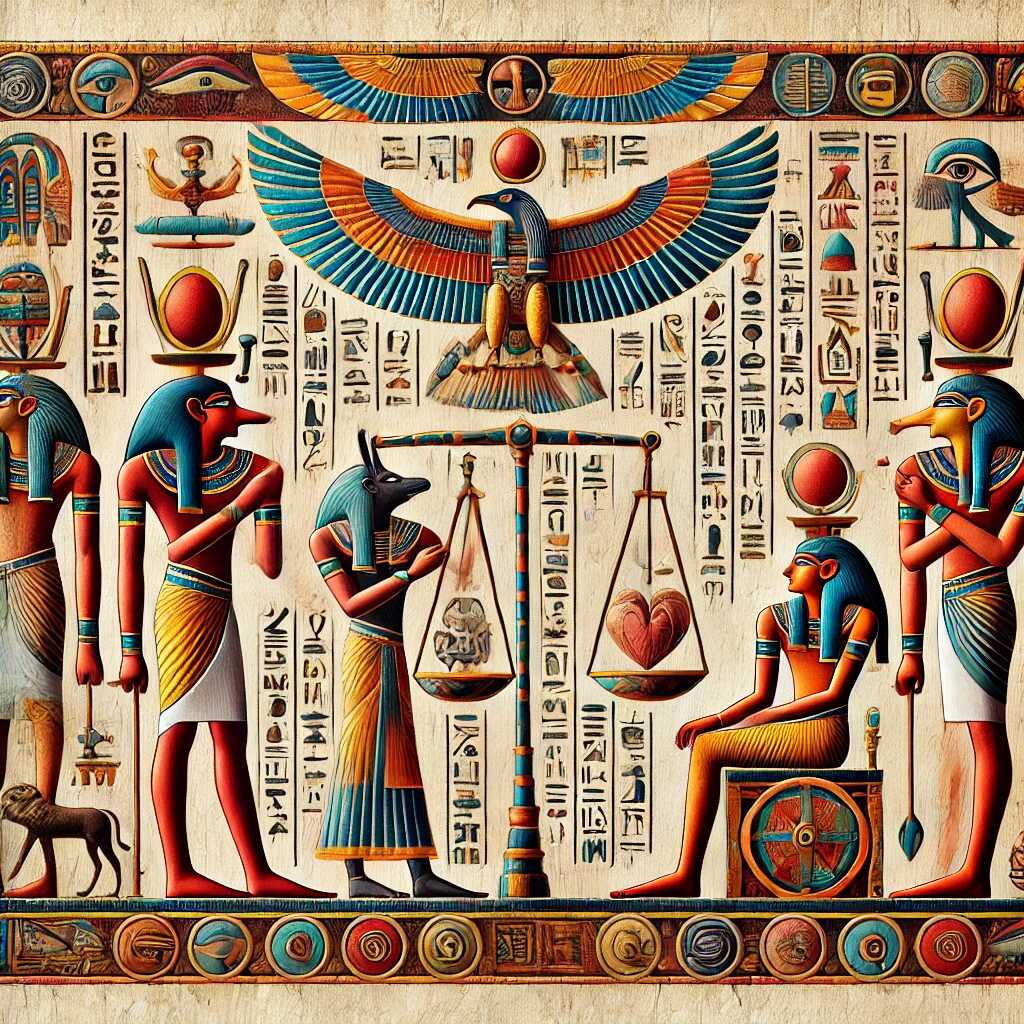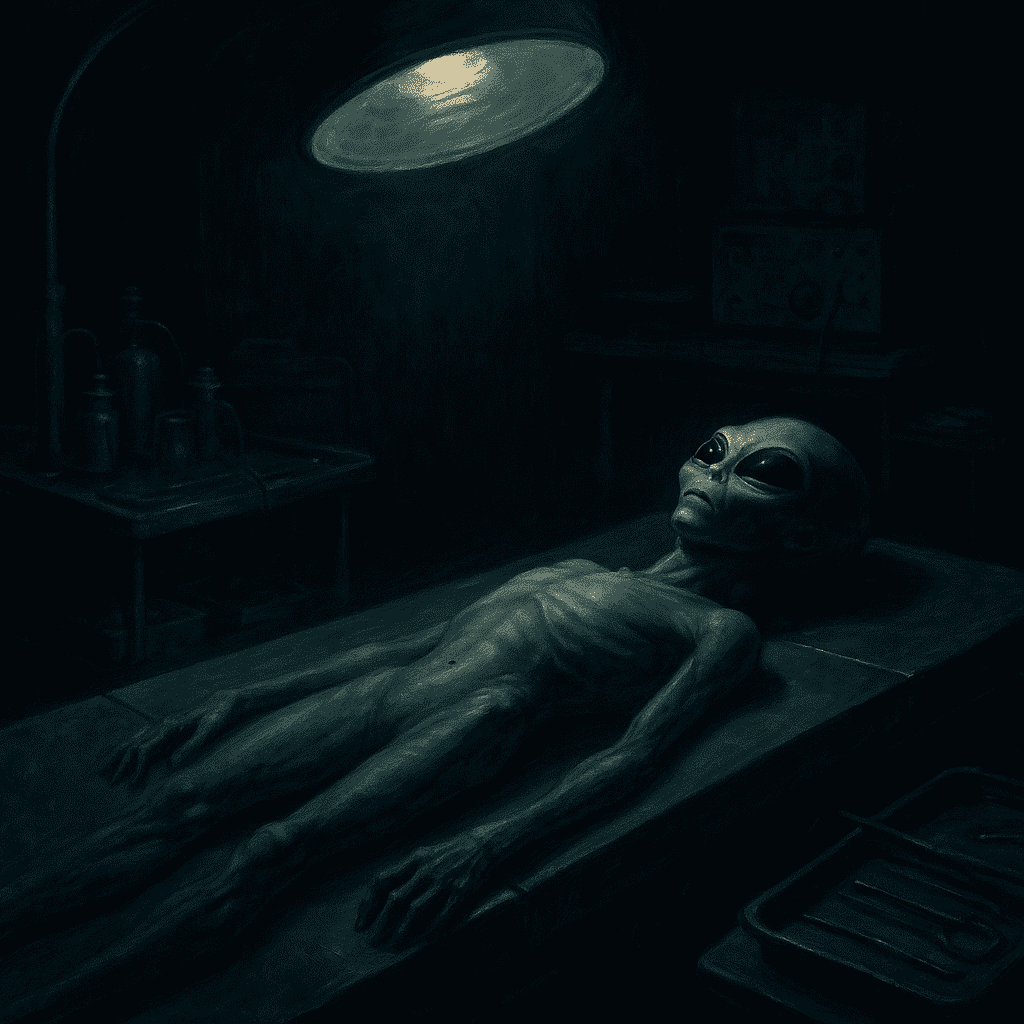
The Mysteries of the Ancient Egyptian Book of the Dead: A Guide to the Afterlife

The Ancient Egyptian Book of the Dead, also known as the "Book of Coming Forth by Day," stands as one of the most remarkable and intriguing works of religious literature from ancient Egypt. This collection of spells, prayers, and incantations was designed to serve as a guide for the deceased in navigating the challenges of the afterlife, providing them with protection and wisdom to achieve eternal life.
Origins and Evolution of the Book of the Dead
The roots of the Book of the Dead trace back to the Pyramid Texts of the Old Kingdom (2686–2181 BCE), the oldest known religious texts inscribed on pyramid walls. During the Middle Kingdom (2055–1650 BCE), these evolved into Coffin Texts, written on the inside surfaces of wooden coffins. By the time of the New Kingdom (1550–1070 BCE), these texts culminated in the Book of the Dead, which was written on papyrus scrolls and placed in tombs alongside the deceased.
The term "Book of the Dead" is a modern designation coined by German Egyptologist Karl Richard Lepsius in 1842. The original Egyptian name translates to "The Spells for Coming Forth by Day," highlighting the belief that the deceased could emerge into the sunlight and traverse freely between the worlds of the living and the dead.
Structure and Content of the Book of the Dead
The Book of the Dead is not a single, standardized text but rather a compilation of around 190 spells and incantations, tailored to help the deceased overcome obstacles in the afterlife. These texts were often accompanied by elaborate illustrations, or vignettes, depicting scenes from the underworld, which served as visual guides for the soul.
One of the most famous sections is Spell 125, describing the "Weighing of the Heart" ceremony. In this pivotal scene, the deceased's heart is weighed against the feather of Ma'at, the goddess of truth and justice. A light or balanced heart signified purity and allowed the deceased to enter the afterlife. If the heart was heavy with sin, it was devoured by Ammit, a fearsome creature with the head of a crocodile, the body of a lion, and the hindquarters of a hippopotamus, condemning the soul to eternal destruction.
Purpose and Use in Burial Practices
The Book of the Dead played a vital role in Egyptian funerary customs. Papyri containing these texts were often placed in the tomb or even wrapped within the mummy's bindings. The Egyptians believed that mastery of the spells within the book would safeguard the deceased from dangers, granting them safe passage through the challenges of the underworld.
Each version of the Book of the Dead was personalized for the individual it accompanied. Scribes tailored the selection and wording of spells based on the deceased's social status, occupation, and personal needs. Some papyri contained only a few key spells, while others, like the famous Papyrus of Ani, stretched up to 24 meters long, filled with richly illustrated and detailed texts.
Famous Passages and Themes
• Protection from Demons and Perils: Many spells were designed to guard the soul against malevolent beings and traps set by the gods of the underworld.
• Transformation: Certain incantations allowed the deceased to assume various forms, such as a bird, serpent, or lotus flower, enabling them to navigate the afterlife more easily.
• Achieving Unity with Osiris: The ultimate goal of the deceased was to merge with Osiris, the god of the afterlife, and live eternally in the Field of Reeds, the Egyptian version of paradise.
Legends Associated with the Book of the Dead
The Book of the Dead is shrouded in myth and legend. One story tells of a pharaoh who, armed with the knowledge of its spells, overcame the trials of the underworld to ascend as an immortal god. Another tale speaks of a scribe who misused its powerful incantations, resulting in his eternal damnation and a curse on his family.
Cultural Legacy of the Book of the Dead
The mystical allure of the Book of the Dead has transcended millennia. It has inspired countless works in modern literature, film, and art, often portrayed as a magical artifact capable of controlling life and death. Its vivid illustrations and complex symbology continue to fascinate scholars and enthusiasts alike.
Key Facts About the Book of the Dead
1. First Use: Originated in the New Kingdom but built upon texts dating back to the Old Kingdom.
2. Languages: Written in hieroglyphs or cursive hieratic script.
3. Preservation: Some of the best-preserved examples, such as the Papyrus of Ani, are housed in museums worldwide, including the British Museum.
4. Visual Art: The accompanying illustrations are considered masterpieces of ancient Egyptian art.
The Book of the Dead in Modern Culture
The Book of the Dead has found its place in contemporary culture, often depicted as an object of mystery and supernatural power. From classic horror films like The Mummy to references in video games and novels, it continues to capture the imagination of audiences globally.
Conclusion
The Ancient Egyptian Book of the Dead is a testament to humanity's enduring fascination with the mysteries of life and death. Its profound influence on burial practices, its artistic and literary contributions, and its role in shaping beliefs about the afterlife make it one of the most significant artifacts of ancient civilization.


